
Frederick Sanger was an English biochemist who twice won the Nobel Prize in Chemistry. He is one of only two people to have done so in the same category, and the fourth person with two Nobel Prizes. In 1958, he was awarded a Nobel Prize in Chemistry "for his work on the structure of proteins, especially that of insulin". In 1980, Walter Gilbert and Sanger shared half of the chemistry prize "for their contributions concerning the determination of base sequences in nucleic acids". The other half was awarded to Paul Berg "for his fundamental studies of the biochemistry of nucleic acids, with particular regard to recombinant DNA".

Sir Hans Adolf Krebs was a German-born British biologist, physician and biochemist. He was a pioneer scientist in the study of cellular respiration, a biochemical process in living cells that extracts energy from food and oxygen and makes it available to drive the processes of life. He is best known for his discoveries of two important sequences of chemical reactions that take place in the cells of humans and many other organisms, namely the citric acid cycle and the urea cycle. The former, often eponymously known as the "Krebs cycle", is the key sequence of metabolic reactions that provides energy in the cells of humans and other oxygen-respiring organisms; and its discovery earned Krebs a Nobel Prize in Physiology or Medicine in 1953. With Hans Kornberg, he also discovered the glyoxylate cycle, which is a slight variation of the citric acid cycle found in plants, bacteria, protists, and fungi.
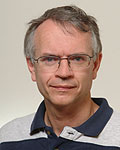
Amos Bairoch is a Swiss bioinformatician and Professor of Bioinformatics at the Department of Human Protein Sciences of the University of Geneva where he leads the CALIPHO group at the Swiss Institute of Bioinformatics (SIB) combining bioinformatics, curation, and experimental efforts to functionally characterize human proteins.
George Edward Briggs FRS was Professor of Botany at the University of Cambridge.
Semantic publishing on the Web, or semantic web publishing, refers to publishing information on the web as documents accompanied by semantic markup. Semantic publication provides a way for computers to understand the structure and even the meaning of the published information, making information search and data integration more efficient.

UTOPIA is a suite of free tools for visualising and analysing bioinformatics data. Based on an ontology-driven data model, it contains applications for viewing and aligning protein sequences, rendering complex molecular structures in 3D, and for finding and using resources such as web services and data objects. There are two major components, the protein analysis suite and UTOPIA documents.

William John Young was an English biochemist.

Malcolm Dixon was a British biochemist.
Partition chromatography theory and practice was introduced through the work and publications of Archer Martin and Richard Laurence Millington Synge during the 1940s. They would later receive the 1952 Nobel Prize in Chemistry "for their invention of partition chromatography".
Douglas Bruce Kell is a British biochemist and Research Professor of Systems Biology in the Institute of Systems, Molecular and Integrative Biology at the University of Liverpool, and Chief Scientific Officer of Mellizyme Ltd. He was previously at the School of Chemistry at the University of Manchester, based in the Manchester Institute of Biotechnology (MIB). He founded and led the Manchester Centre for Integrative Systems Biology. He served as chief executive officer (CEO) of the Biotechnology and Biological Sciences Research Council (BBSRC) from 2008 to 2013.
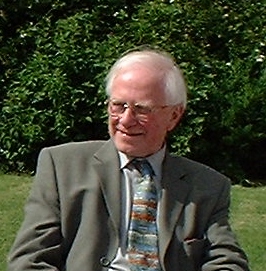
Henry Berkeley Franks Dixon D.Sc. was an Irish biochemist and Life Fellow of King's College, Cambridge. Born in Dublin, the youngest son of Henry Horatio Dixon, he was interested in science from a young age; his discovery of an optical illusion arising from binocular vision was described by his father in Nature Magazine when he was only nine years old.
The Colworth Medal is awarded annually by the Biochemical Society to an outstanding research biochemist under the age of 35 and working mainly in the United Kingdom. The award is one of the most prestigious recognitions for young scientists in the UK, and was established by Tony James FRS at Unilever Research and Henry Arnstein of the Biochemical Society and takes its name from a Unilever research laboratory near Bedford in the UK, Colworth House.
Maximilian Nierenstein was a professor of biochemistry at the University of Bristol.
Utopia Documents is a semantic, scientific, web-enabled PDF reader that is part of the Utopia toolset. Utopia Documents can be downloaded for free.

Teresa K. Attwood is a Professor of Bioinformatics in the Department of Computer Science and School of Biological Sciences at the University of Manchester and a visiting fellow at the European Bioinformatics Institute (EMBL-EBI). She held a Royal Society University Research Fellowship at University College London (UCL) from 1993 to 1999 and at the University of Manchester from 1999 to 2002.
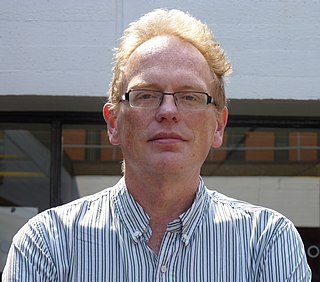
Andrew M. Brass is a Professor of Bioinformatics at the University of Manchester in the Department of Computer Science and Faculty of Life Sciences.
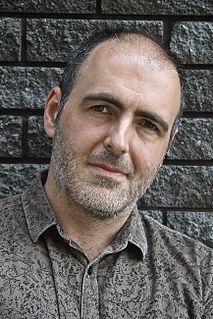
Stephen Robert Pettifer is a Professor in the Department of Computer Science at the University of Manchester in England.

Sibyl Taite Widdows (1876–1960) was a British Scientist and member of the Chemistry department at the London School of Medicine for Women for 40 years.
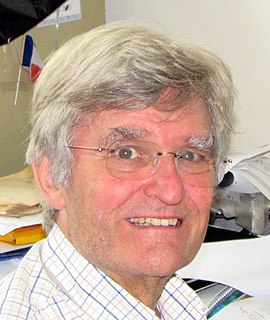
Athel Cornish-Bowden is a British biochemist known for his numerous textbooks, particularly those on enzyme kinetics and his work on metabolic control analysis.
Rita Casadio is a Professor of Biochemistry at the University of Bologna.












